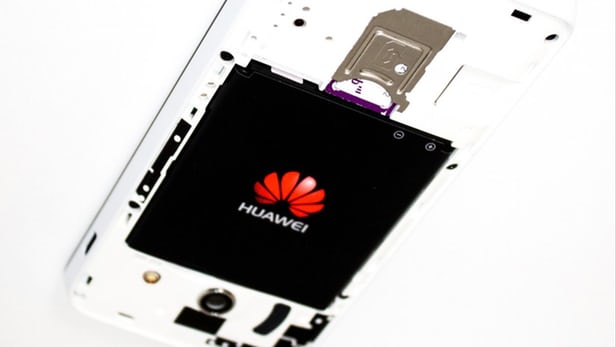
Breaking News
 Why Dual Engine Failure Changes Everything -- Louisville Crash Update
Why Dual Engine Failure Changes Everything -- Louisville Crash Update
 Transforming Storage Shelf / Workbench - Small Space Organization
Transforming Storage Shelf / Workbench - Small Space Organization
 Our 3-Step Strategy for a Stress-Free Pantry
Our 3-Step Strategy for a Stress-Free Pantry
 BEHIND THE DEEP STATE | The War on Farms
BEHIND THE DEEP STATE | The War on Farms
Top Tech News
 HUGE 32kWh LiFePO4 DIY Battery w/ 628Ah Cells! 90 Minute Build
HUGE 32kWh LiFePO4 DIY Battery w/ 628Ah Cells! 90 Minute Build
 What Has Bitcoin Become 17 Years After Satoshi Nakamoto Published The Whitepaper?
What Has Bitcoin Become 17 Years After Satoshi Nakamoto Published The Whitepaper?
 Japan just injected artificial blood into a human. No blood type needed. No refrigeration.
Japan just injected artificial blood into a human. No blood type needed. No refrigeration.
 The 6 Best LLM Tools To Run Models Locally
The 6 Best LLM Tools To Run Models Locally
 Testing My First Sodium-Ion Solar Battery
Testing My First Sodium-Ion Solar Battery
 A man once paralyzed from the waist down now stands on his own, not with machines or wires,...
A man once paralyzed from the waist down now stands on his own, not with machines or wires,...
 Review: Thumb-sized thermal camera turns your phone into a smart tool
Review: Thumb-sized thermal camera turns your phone into a smart tool
 Army To Bring Nuclear Microreactors To Its Bases By 2028
Army To Bring Nuclear Microreactors To Its Bases By 2028
 Nissan Says It's On Track For Solid-State Batteries That Double EV Range By 2028
Nissan Says It's On Track For Solid-State Batteries That Double EV Range By 2028
New battery tech gives 10 hours of talk time after only 5 minutes on charge

At the 56th Battery Symposium in Japan last week, Huawei, which provides batteries for many devices from other manufacturers as well as their own, showed two videos depicting fast charging with the new batteries. In one, a small 600 mAh capacity battery charged to 68 percent capacity in two minutes. In another, a much larger 3,000 mAh battery charged to 48 percent capacity in five minutes. The latter battery has an energy density of 620 Wh/L and is reported capable of powering a Huawei mobile phone for 10 hours of continuous talk time with that 48 percent charge.
Engineers in the Watt Lab of the Central Research Institute at Huawei bonded heteroatoms to the graphite molecules in the anode of the battery. Introducing defects and heteroatom and/or functional groups into carbonaceous anode material is already known to improve and modulate anode material. LLNL has already done research utilizing hydrogen for that purpose. In essence, Huawei is doing the same thing, but utilizing slightly different methods.

 Carbon based computers that run on iron
Carbon based computers that run on iron

